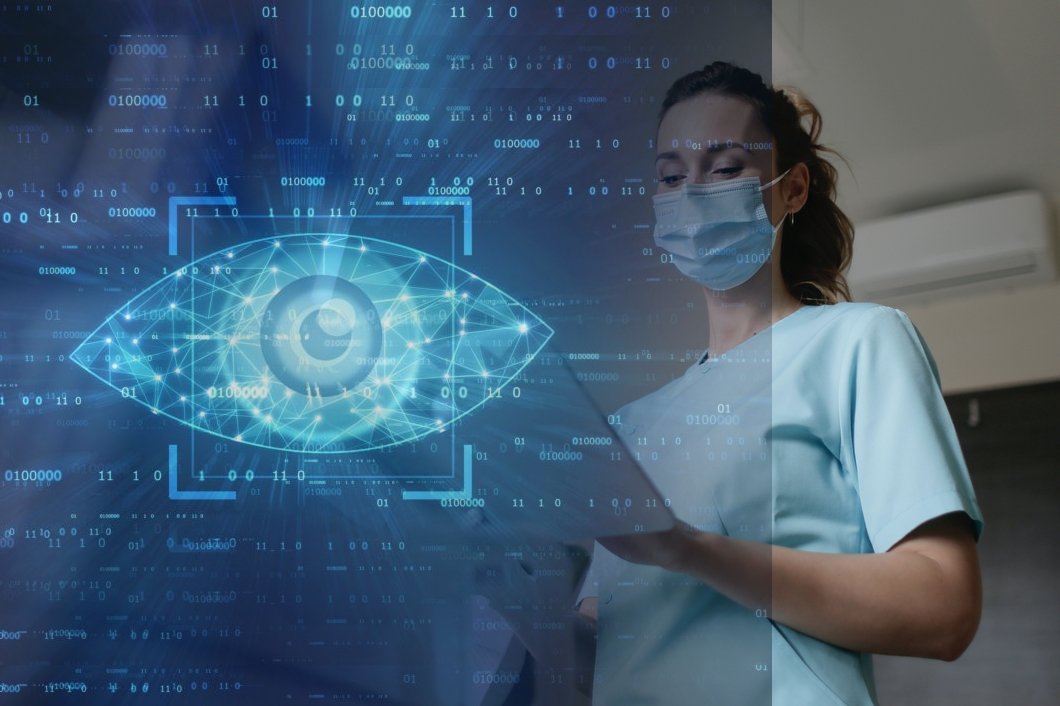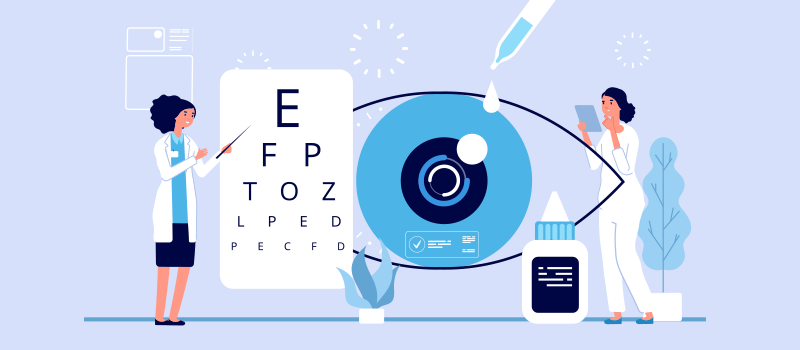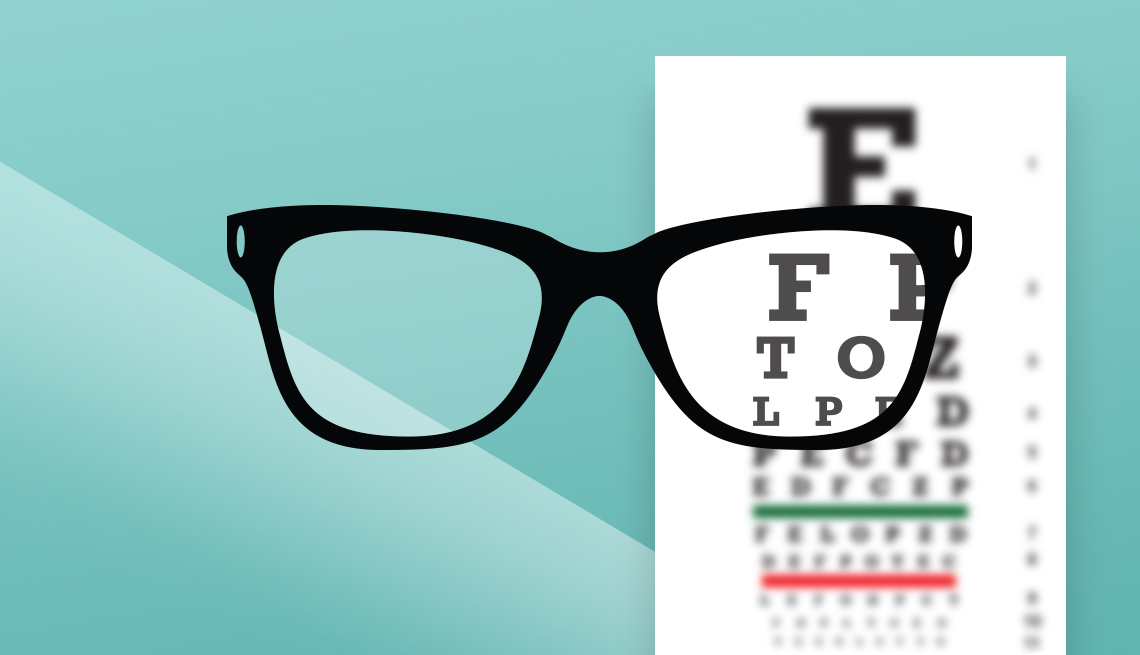Vision Gesundheit: Advancing Healthcare through Visual Technology
Understanding Vision Gesundheit and Its Impact on Healthcare
Vision Gesundheit is a revolutionary approach to healthcare that leverages computer vision technology to improve patient outcomes and streamline medical processes. By utilizing advanced algorithms and image processing techniques, healthcare professionals can analyze vast amounts of visual data, enhancing diagnostics and treatment accuracy. This technology transforms various medical fields, including radiology, ophthalmology, and telemedicine, fostering a more efficient and accurate healthcare system.

Applications of Vision Gesundheit in Diagnostics
One of the primary applications of **Vision Gesundheit** is its role in diagnostics. For instance, computer vision can analyze medical images such as X-rays, MRIs, and CT scans to detect anomalies that might be missed by the human eye. This capability leads to earlier detection of diseases, better prognosis, and more effective patient management. In clinical studies, systems incorporating computer vision have shown a remarkable increase in diagnostic accuracy, significantly reducing false positives and negatives.
Enhancing Eye Health through Visual Recognition
Vision Gesundheit has made substantial strides in ophthalmology as well. Innovative technologies that involve visual recognition can help diagnose conditions like diabetic retinopathy or macular degeneration through image analysis of the retina. These systems use machine learning to understand the complexities of eye health, resulting in timely interventions that can prevent vision loss. Incorporating such tools enables practitioners to provide personalised treatment plans based on detailed visual assessments.

Telemedicine and Remote Patient Monitoring
The rise of telemedicine has been greatly enhanced by **Vision Gesundheit** technologies. By enabling remote monitoring of patients through visual assessments, healthcare providers can deliver consistent care without needing in-person visits. For example, wearable devices equipped with visual sensors track changes in health metrics and send real-time data to clinicians. This capability ensures timely responses to adverse health conditions, ultimately improving patient outcomes and satisfaction.
Challenges and Considerations in Implementing Vision Gesundheit
While the benefits of Vision Gesundheit are evident, implementing these technologies within traditional healthcare frameworks presents several challenges. Concerns about patient data privacy and the reliability of artificial intelligence algorithms are prominent issues. Additionally, healthcare professionals must be adequately trained to interpret data generated by these systems, ensuring a seamless integration into everyday practice. Overcoming these challenges requires collaboration among technologists, healthcare providers, and policymakers.
Data Privacy and Security Issues
Data privacy is a significant concern when implementing **Vision Gesundheit** technologies. Healthcare data is highly sensitive, and deploying systems that handle visual and patient-specific information must comply with regulations like HIPAA. Organizations must invest in secure infrastructures and employ encryption methods to safeguard patient data during transmission and storage. By prioritizing security, healthcare systems can foster trust among patients and stakeholders.
Training Healthcare Professionals
Another challenge is the need for targeted training for healthcare professionals. Familiarity with new technology and its implications are vital for effective utilization in clinical settings. Initiatives to integrate visual technology training programs into healthcare education can empower health professionals to make the most of these advancements. Workshops, online modules, and collaborations with tech experts can enhance understanding and encourage adoption.
Future Directions for Vision Gesundheit
The future of **Vision Gesundheit** is poised for significant advancements, with continuous research and development shaping the technologies’ evolution. Enhanced algorithms are being continuously refined to improve their accuracy, allowing for more complex tasks in image analysis. As we see further integration of artificial intelligence in medical imaging, the potential for predictive analytics in patient care is vast, paving the way for proactive and personalized healthcare solutions.
Integrating AI and Machine Learning
Future developments in **Vision Gesundheit** will heavily involve the integration of AI and machine learning. These technologies can further enhance image analysis capabilities, enabling systems to learn from vast datasets and improve over time. For instance, AI can predict patient outcomes based on historical data and visual inputs, providing healthcare professionals with recommendations tailored to individual needs. Such advancements could revolutionize how healthcare is delivered and measured.
Collaborative Efforts in Healthcare Innovations
As **Vision Gesundheit** progresses, collaborative efforts between technology developers, healthcare professionals, and regulatory bodies will be critical. By establishing a shared vision, stakeholders can ensure that innovations are patient-centered and sustainable. Collaborations can also foster research toward understanding the full implications of visual technology on healthcare practices, leading to a stronger, more resilient healthcare system.
Key Takeaways
- Vision Gesundheit utilizes computer vision technology to enhance diagnostics and treatment in healthcare.
- Innovative applications include the analysis of medical imaging, telemedicine, and eye health monitoring.
- Challenges such as data privacy and the need for professional training must be addressed to fully realize the potential of these technologies.
- The future of Vision Gesundheit points toward closer integration with AI and collaborative efforts to drive innovation in patient care.
FAQ
1. What is the primary benefit of Vision Gesundheit technology?
The primary benefit of **Vision Gesundheit** technology lies in its capacity to improve diagnostic accuracy and patient outcomes through advanced image analysis. Systems using this technology can detect nuances in visual data that might otherwise go unnoticed, allowing healthcare professionals to make more informed clinical decisions.
2. How does Vision Gesundheit enhance eye health assessments?
**Vision Gesundheit** enhances eye health assessments by employing visual recognition systems that analyze retinal images for conditions like diabetic retinopathy. These assessments are conducted with precision, leading to early detection and timely treatment plans tailored to individual patient needs.
3. What challenges are associated with implementing this technology?
Challenges associated with implementing **Vision Gesundheit** include concerns about data privacy, the need for proper training of healthcare professionals, and the integration of advanced technologies into existing healthcare frameworks. Addressing these issues is essential to harness the full potential of this innovative approach.
4. How can AI benefit Vision Gesundheit applications?
AI can significantly benefit **Vision Gesundheit** applications by improving image analysis accuracy, enabling predictive analytics, and learning from vast datasets. This will enhance the delivery of personalized healthcare based on unique patient visual information and historical data.
5. What can healthcare institutions do to prepare for Vision Gesundheit technologies?
Healthcare institutions can prepare for **Vision Gesundheit** technologies by investing in secure data infrastructures, training their staff, and establishing collaborations with tech developers. Additionally, promoting a culture of innovation within the organization is key to adapting to these transformative technologies.
